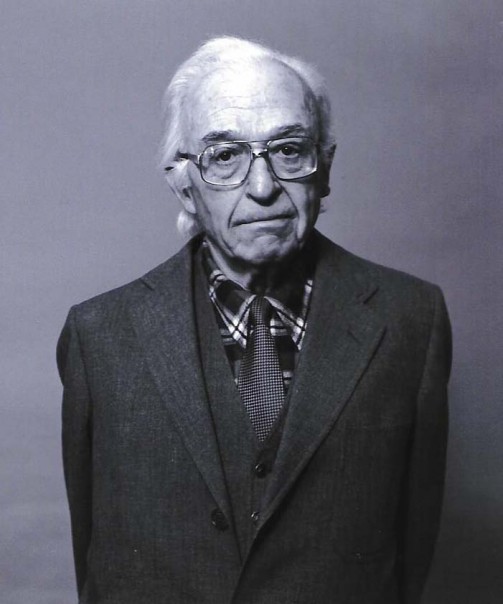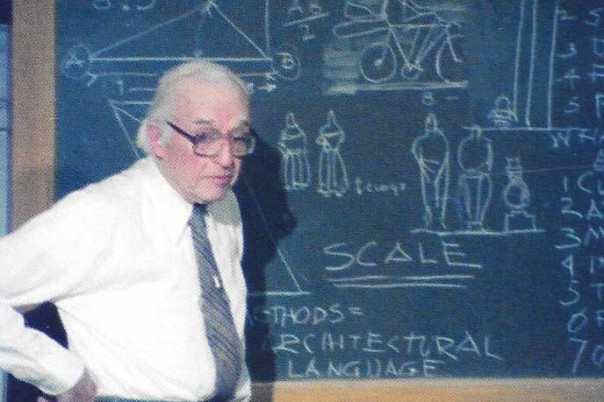Nebraska lawmakers voted to override Gov. Dave Heineman’s vetoes of state budget items, including funding for four bronze courtyard fountains and a new heating system at the Nebraska State Capitol.
The 37-11 vote came days after the Governor announced that he had trimmed $65 million from the Legislature’s updated budget package. Heineman singled out the $2.5 million fountain project as a less important priority than state-funded property tax relief.
Many private fundraising efforts for the fountains have occurred over the years and have been unsuccessful. Senator John Nelson of Omaha, who introduced LB 797, said the state is now able to finish the project and if lawmakers hadn’t acted, it could have been postponed indefinitely.
The fountains would mark the completion of architect Bertram Goodhue’s original design. They were originally expected to sit in each of the building’s four open-air courtyards, but the work was halted because of the Great Depression. With the new funding, construction is expected to be completed just before Nebraska celebrates its 150th anniversary as a state in 2017.






